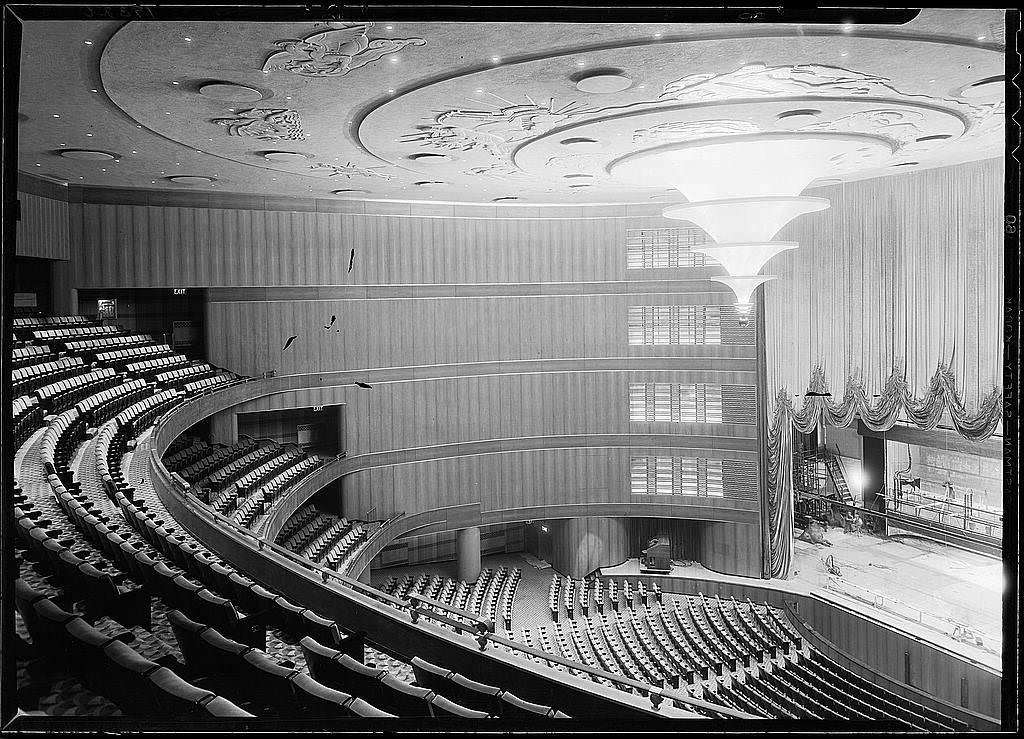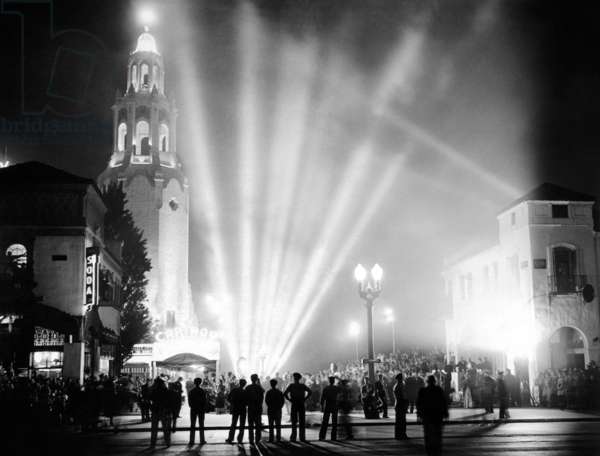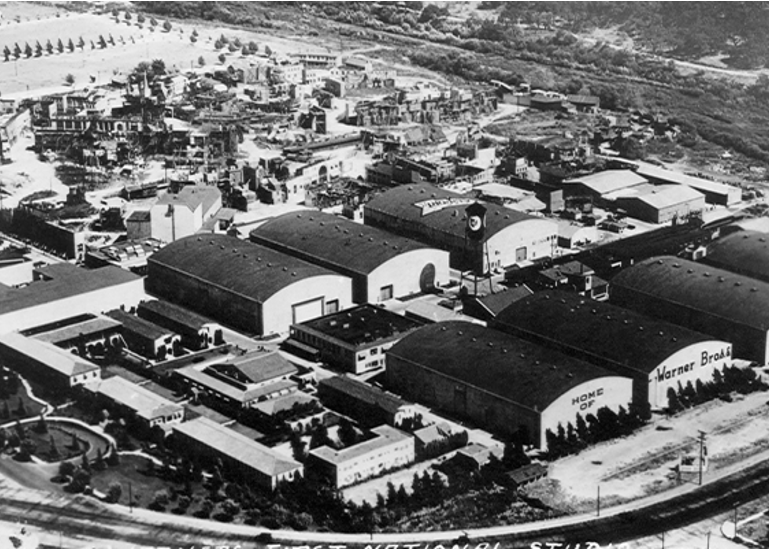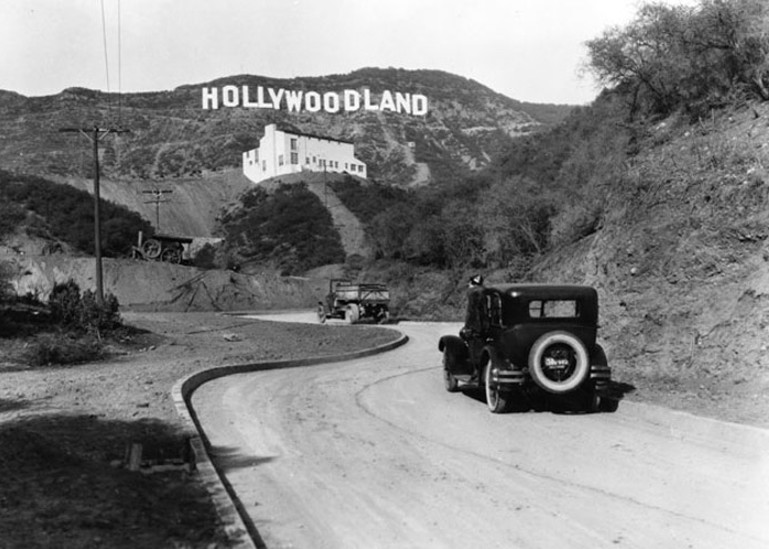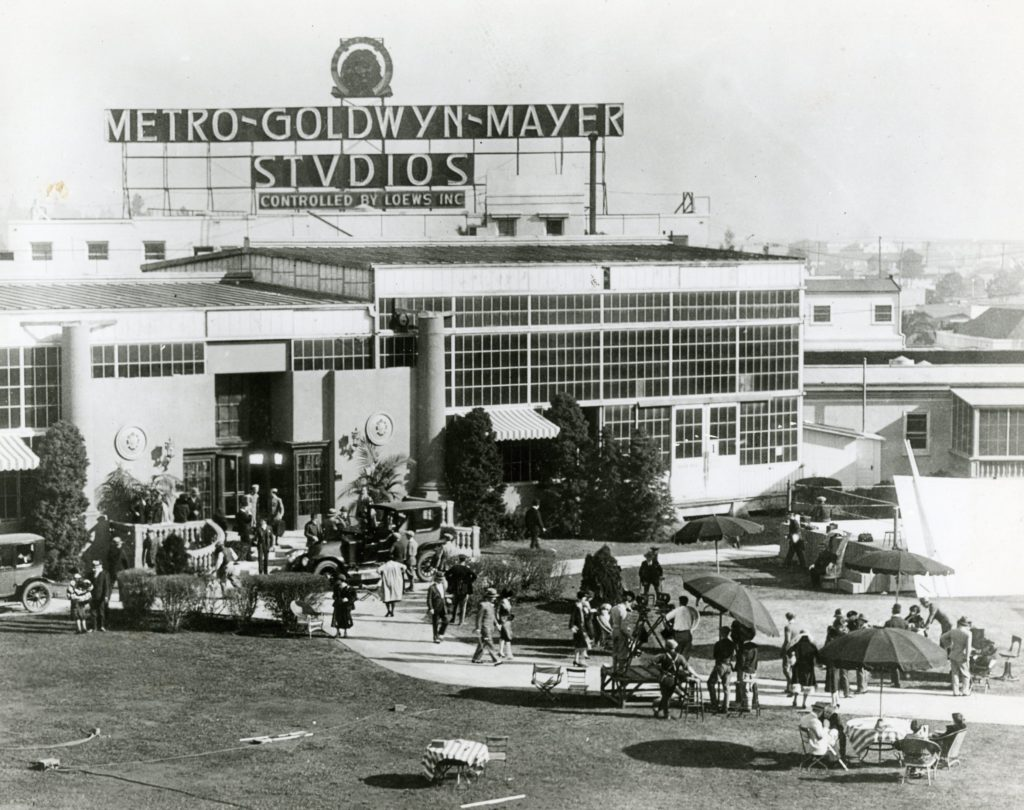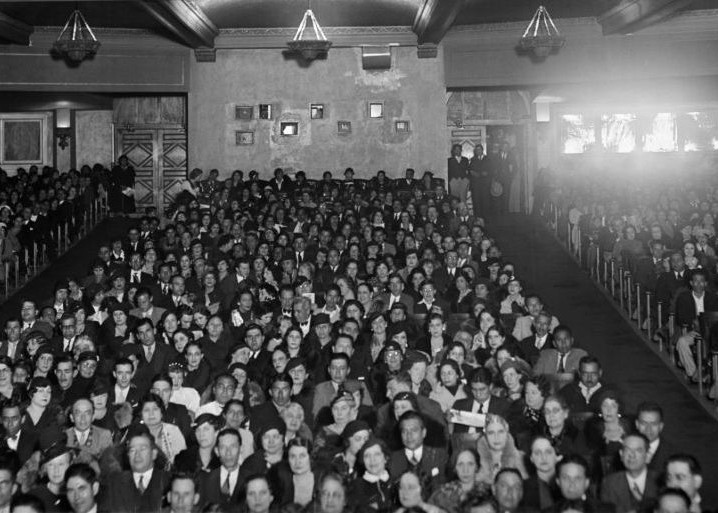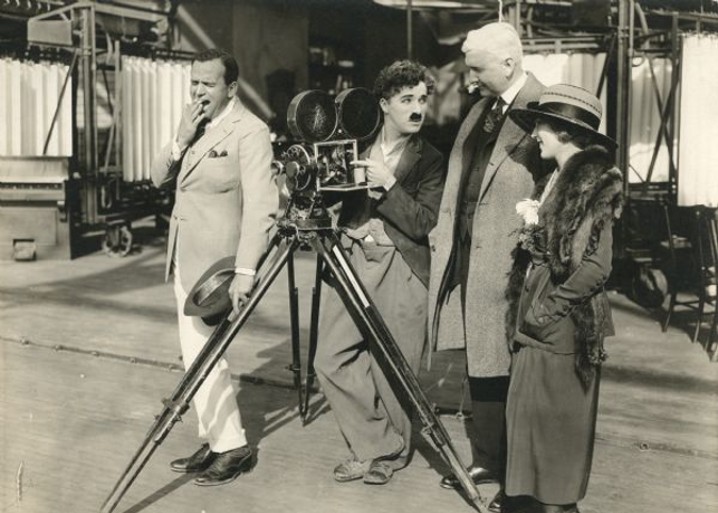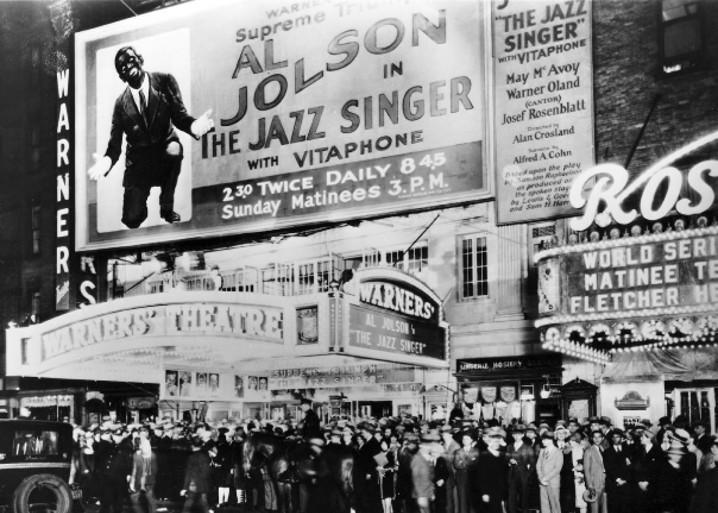The History of Cinema
Movie-making began in the 1890s with the inventions of the Kinetoscope and Cinématographe. The Kinetoscope was a single-person viewing machine invented by the Edison Company and was used to watch short films about everyday occurrences, such as "Fred Ott's Sneeze". Meanwhile, Auguste and Louis Lumière, known as the "Fathers of Cinema", invented the Cinématographe after viewing the Kinetoscope in Paris. A projector, camera, and film printer all in one, the Cinématographe produced and projected films. Early movies, like the Lumière brothers' "Arrival of a Train at La Ciotat”–which caused viewers to be so startled that they leapt out of their seats–attracted audiences to the edge of something big.

Kinetoscope, 1893, Animaders
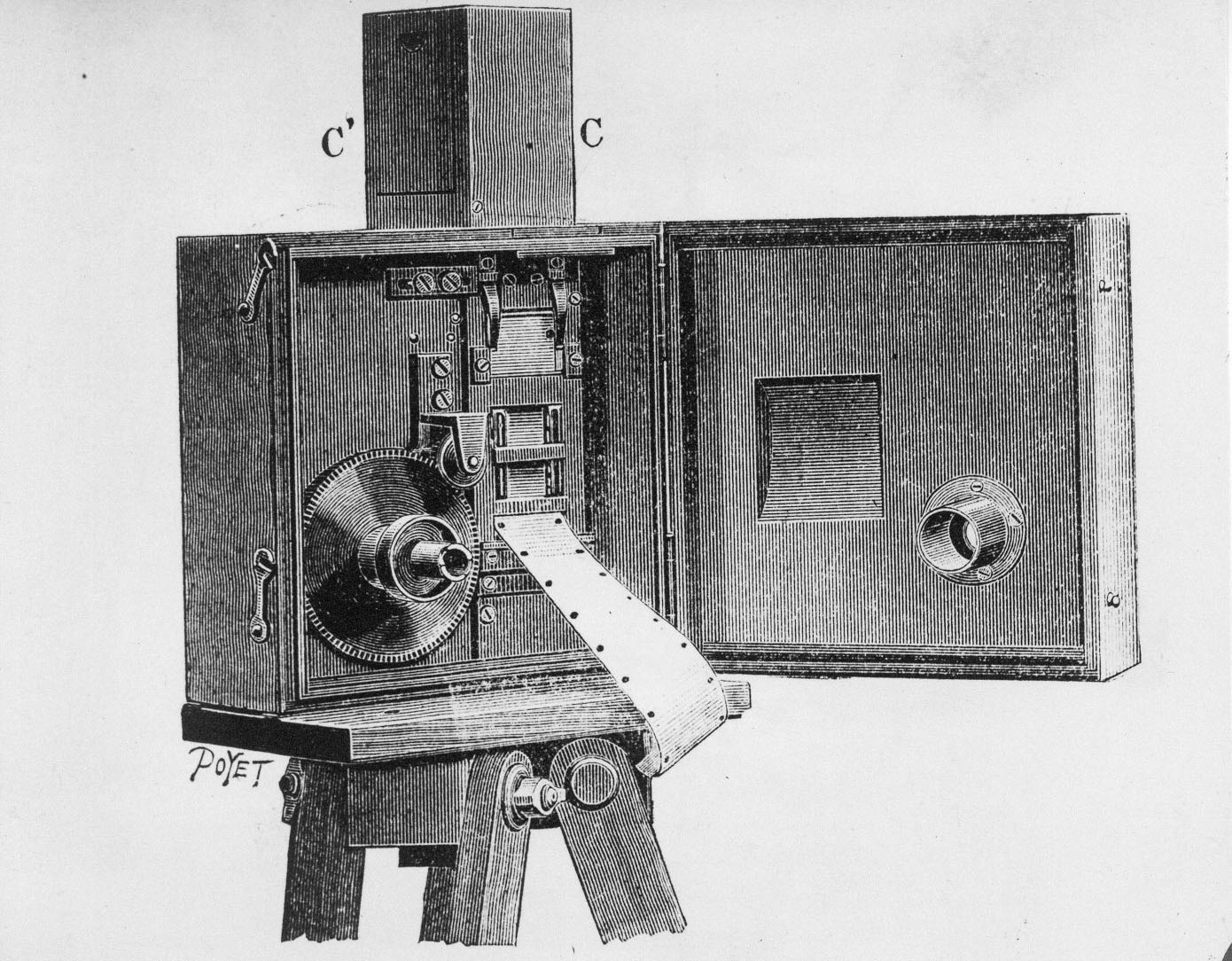
Poyet Drawing of Lumière Camera, ca. 1898, Chapman University
Fred Ott's Sneeze, 1894, Library of Congress
Arrival of a Train at La Ciotat clip, 1895, National Archives
Movie-making quickly became a new and exciting frontier. The first thirty years of this budding industry focused on inventing new technology, making story-centered films, and establishing production companies.
Adding color (A Visit to the Seaside, 1908) and sound (The Jazz Singer, 1923) led to cinema’s Golden Age, when movies were the top form of entertainment. During the Rise of Hollywood, people visited "picture palaces"–sometimes twice a week–because they were so popular (National Science and Media Museum).
Like prospectors in the California Gold Rush, the movie industry realized it was on the cusp of an epic opportunity. Although movies were expensive and risky to make, if filmmakers could entice viewers into theaters, they could reap the rewards. Just a few decades later, Ray Harryhausen revolutionized entertainment through his fantastical creations brought to life on the big screen, attracting moviegoers and achieving success.
